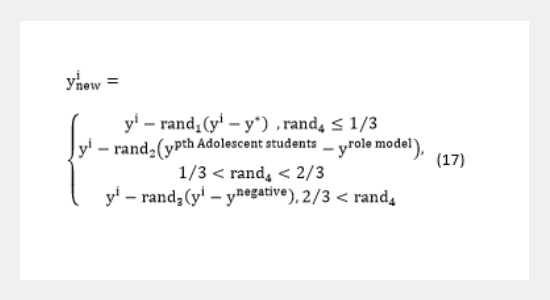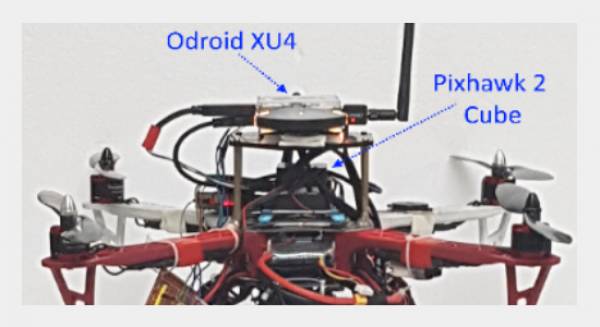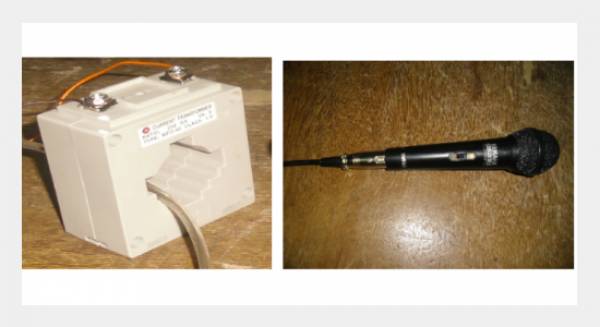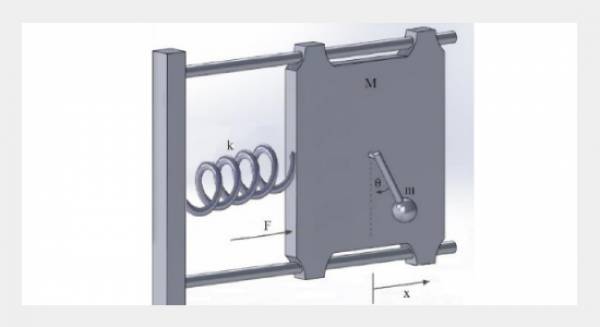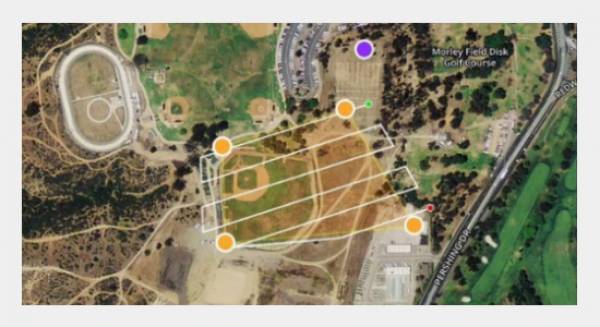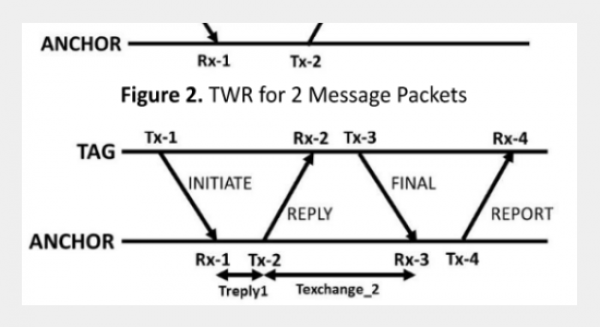REFERENCES
- [1] L.Kanagasabai, “Novel Western Jackdaw Search, Antrostomus Swarm and Indian Ethnic Vedic Teaching – Inspired Optimization Algorithms for Real Power Loss Diminishing and Voltage Consistency Growth,” International Journal of System Assurance Engineering and Management, 13(6), 2895-2919, 2022. https://doi.org/10.1007/s13198-022-01758-3
- [2] S. B. Changalasetty, W. Ghribi, A. S. Badawy, H. Bangali, A. M. Ahmed, L. S. Thota, R. R. Bairsddy, and R. Pemula, "Using EM technique for Adolescent students crime zoning," 2021 5th International Conference on Information Systems and Computer Networks (ISCON), Mathura, India, 2021, pp. 1-6. https://doi.org/10.1109/ISCON52037.2021.9702353
- [3] L. S. Thota, K. Shireesha, A. Sravani, S. Rajender, S. B. Changalasetty, A. S. Badawy, A. M. Ahmed, W. Ghribi, and H. Bangali, "Rule-based Mining of Adolescent students Delinquency," 2020 International Conference on Computer Communication and Informatics (ICCCI), Coimbatore, India, 2020, pp. 1-4. https://doi.org/10.1109/ICCCI48352.2020.9104126
- [4] X. Wang, Y. Liang, S. Zheng, and Z. Wang, "Juvenile detection by LBP and SVM," 2012 IEEE 2nd International Conference on Cloud Computing and Intelligence Systems, Hangzhou, China, 2012, pp. 1324-1327. https://doi.org/10.1109/CCIS.2012.6664600
- [5] S. B. Changalasetty , B. Belgacem, A. S. Badway, W. Ghribi, A. M. Ahmed, H. Bangali, L. S. Thota, M. S. Prasad, and R. Pemula, "Assessing the Relation between Family Background and Juvenile Delinquency using Data Mining," 2019 International Conference on Computer Communication and Informatics (ICCCI), Coimbatore, India, 2019, pp. 1-4. https://doi.org/10.1109/ICCCI.2019.8822138
- [6] R. Akila, J. BrindhaMerin, R. K. Vishal, V. Krishnan S.H, "Prediction of Juvenile Delinquencies in Correlation with Education," 2020 6th International Conference on Advanced Computing and Communication Systems (ICACCS), Coimbatore, India, 2020, pp. 987-993. https://doi.org/10.1109/ICACCS48705.2020.9074338
- [7] J. X. Mo, and L. I. Wan, "Strengthening the education of juvenile delinquency prevention: structure the Education Center for juvenile delinquency prevention," 2020 International Conference on Modern Education and Information Management (ICMEIM), Dalian, China, 2020, pp. 133-136. https://doi.org/10.1109/ICMEIM51375.2020.00037
- [8] N. Tongtep, and L. Boonlamp, "Educator Personality Toward Edutainment for Preparing Youth to a Digital Society," 2021 2nd SEA-STEM International Conference (SEA-STEM), Hat Yai, Thailand, 2021, pp. 25-29. https://doi.org/10.1109/SEA-STEM53614.2021.9668049
- [9] G. Gakis, and M. C. Smith, "A Deterministic Least Squares Approach for Simultaneous Input and State Estimation," IEEE Transactions on Automatic Control, 2022. https://doi.org/10.1109/TAC.2022.3209415
- [10] J.Ren, Q. Song, X. Wang, and X. Yang, "Chebyshev Functional Link Neural Network integrating FIR Filter Architecture for Power Amplifier Linearization," 2022 IEEE International Conference on Consumer Electronics (ICCE), Las Vegas, NV, USA, 2022, pp. 1-5. https://doi.org/10.1109/ICCE53296.2022.9730573
- [11] C. Zhao, and X. Ding, "A Levy Flight-Based Offloading Path Decision Scheme in VANET," 2022 IEEE 5th International Conference on Electronics Technology (ICET), Chengdu, China, 2022, pp. 985-993. https://doi.org/10.1109/ICET55676.2022.9824880
- [12] K. Maurice, and H. Tan, "Three new species of archerfishes from the freshwaters of Southeast Asia (Teleostei: Toxotidae) and notes on Henri Mouhot's fish collections". Ichthyological Exploration of Freshwaters. IEF-952: 1–19. 2018. https://doi.org/10.23788/IEF-952
- [13] S. Ziesche, and R. Yampolskiy, "Introducing the concept of ikigai to the ethics of AI and of human enhancements," 2020 IEEE International Conference on Artificial Intelligence and Virtual Reality (AIVR), Utrecht, Netherlands, 2020, pp. 138-145. https://doi.org/10.1109/AIVR50618.2020.00032
- [14] T. A. Lashari, E. Amin, S. A. Lashari, M. A. Saare, and S. A. Lashari, "Development Of A Web Portal ‘IKIGAI’ To Assess The Psychological Well-Being Of University Students," 2020 IEEE 7th International Conference on Engineering Technologies and Applied Sciences (ICETAS), Kuala Lumpur, Malaysia, 2020, pp. 1-6. https://doi.org/10.1109/ICETAS51660.2020.9484309
- [15] M. Chen, X. Xiao, W. Zhang, and X. Gao, "Efficient and Stable Information Directed Exploration for Continuous Reinforcement Learning," ICASSP 2022 - 2022 IEEE International Conference on Acoustics, Speech and Signal Processing (ICASSP), Singapore, Singapore, 2022, pp. 4023-4027. https://doi.org/10.1109/ICASSP43922.2022.9746211
- [16] B. Shen, "Exploration Methods in Reinforcement Learning," 2022 IEEE International Conference on Advances in Electrical Engineering and Computer Applications (AEECA), Dalian, China, 2022, pp. 709-713. https://doi.org/10.1109/AEECA55500.2022.9918998
- [17] P. Gupta, and V. Srivastava, "Deterministic Sequencing of Exploration and Exploitation for Reinforcement Learning," 2022 IEEE 61st Conference on Decision and Control (CDC), Cancun, Mexico, 2022, pp. 2313-2318. https://doi.org/10.1109/CDC51059.2022.9992857
- [18] Z. Li, W. Chen, and J. Yang, "A Dual Control Perspective for Exploration and Exploitation in Autonomous Search," 2022 European Control Conference (ECC), London, United Kingdom, 2022, pp. 1876-1881. https://doi.org/10.23919/ECC55457.2022.9837977
- [19] Z. Yang, X.Liu, and L. Ying, "Exploration. Exploitation, and Engagement in Multi-Armed Bandits with Abandonment," 2022 58th Annual Allerton Conference on Communication, Control, and Computing (Allerton), Monticello, IL, USA, 2022, pp. 1-2. https://doi.org/10.1109/Allerton49937.2022.9929390|
- [20] L. Sabug, F. Ruiz, and L. Fagiano, "Trading-off safety, exploration, and exploitation in learning-based optimization: a Set Membership approach," 2021 60th IEEE Conference on Decision and Control (CDC), Austin, TX, USA, 2021, pp. 1462-1467. https://doi.org/10.1109/CDC45484.2021.9683334
- [21] R. Lisa, N. Thierry, E. Patrick, D. Pantxika, M. Christophem, and L. Philippe, "A Process to Detect Exploitation and Exploration Student’s Behaviors in Higher Vocational Education," 2022 International Conference on Advanced Learning Technologies (ICALT), Bucharest, Romania, 2022, pp. 51-52. https://doi.org/10.1109/ICALT55010.2022.00023
- [22] K. Cai, M. R. Rodavia, "K-Means Cluster Analysis Based on Consumer Behavior," 2022 4th International Conference on Artificial Intelligence and Advanced Manufacturing (AIAM), Hamburg, Germany, 2022, pp. 143-146. https://doi.org/10.1109/AIAM57466.2022.00034
- [23] A. M. Tudose, I. I. Picioroaga, D. O. Sidea, and C. Bulac, “Solving Single and Multi-Objective Optimal Reactive Power Dispatch Problem Using an Improved Salp Swarm Algorithm”. Energies, 14,1-20, 1222, 2021. https://doi.org/10.3390/en14051222
- [24] S. Mouassa, and T. Boukir, “Multi-objective ant lion optimization algorithm to solve large-scale multi-objective optimal reactive power dispatch problem”, COMPEL: The International Journal for Computation and Mathematics in Electrical and Electronic Engineering, Vol. 35 No. 1, pp. 350-372, 2018. https://doi.org/10.1108/COMPEL-05-2018-0208
- [25] K. Nagarajan, A. K. Parvathy, and A. Rajagopalan, “Multi-Objective Optimal Reactive Power Dispatch using Levy Interior Search Algorithm”, International Journal on Electrical Engineering and Informatics. 12. 547-570. 2020. https://doi.org/10.15676/ijeei.2020.12.3.8
- [26] PSTCA, Power Systems Test Case Archive, University of Washington, Available: http://www.ee.washington.edu/research/pstca/
- [27] M. T. Mouwafi, A. A. A. El-Ela, and R. A. El-Sehiemy, Waleed K. Al-Zahar, Techno-economic based static and dynamic transmission network expansion planning using improved binary bat algorithm, Alexandria Engineering Journal, 61(2), 1383-1401, 2022. https://doi.org/10.1016/j.aej.2021.06.021
- [28] A. A. El-Ela, M. Mouwafi, and W. Al-Zahar, “Optimal Transmission System Expansion Planning Via Binary Bat Algorithm”, Proc. 21st Int. Middle East Power Systems Conf. (MEPCON), Cairo, Egypt, (2019) 238–243. https://doi.org/10.1109/MEPCON47431.2019.9008022
